Optimal Timing for Foundation Repairs
Foundation repairs are most effectively performed under specific conditions that minimize risks and ensure lasting results. The optimal time for repairs depends on weather, soil conditions, and the urgency of the issue. Proper timing can prevent further damage and reduce repair costs.
Mild weather and stable soil conditions make spring and early summer ideal for foundation repairs, allowing for better access and curing times.
Cold temperatures and frozen ground hinder repair work and can cause additional complications, making winter less suitable for foundation repairs.
Periods without heavy rain prevent soil expansion and contraction, reducing the risk of new foundation issues during repairs.
After a drought, soil tends to stabilize, providing a better foundation for repairs and reducing the likelihood of future movement.
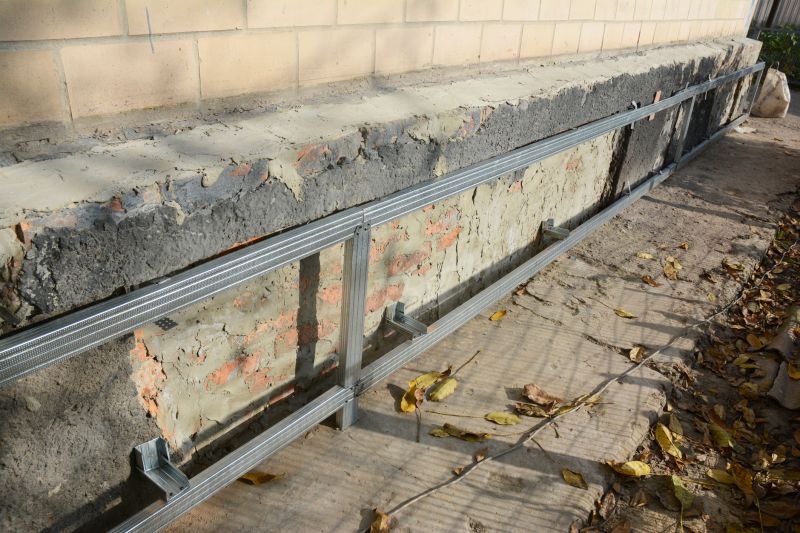
Spring weather supports effective foundation stabilization efforts.
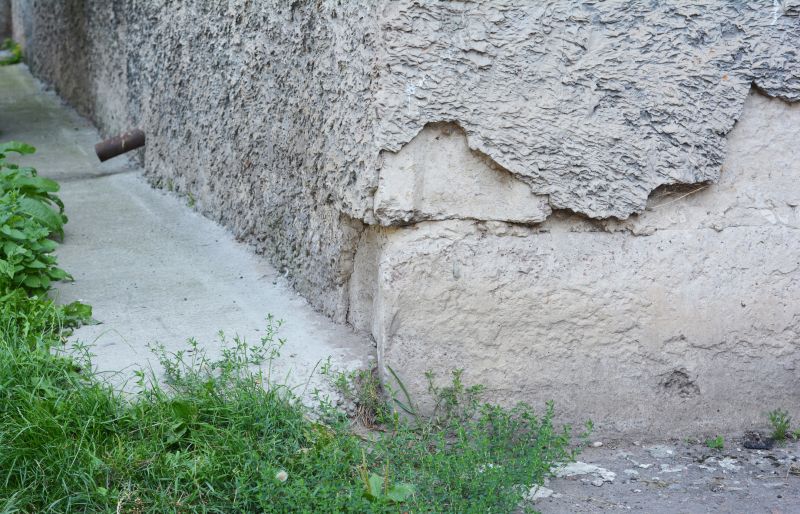
Frozen ground complicates foundation repair processes.
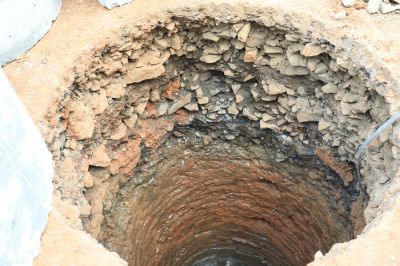
Dry periods help maintain soil stability for repairs.
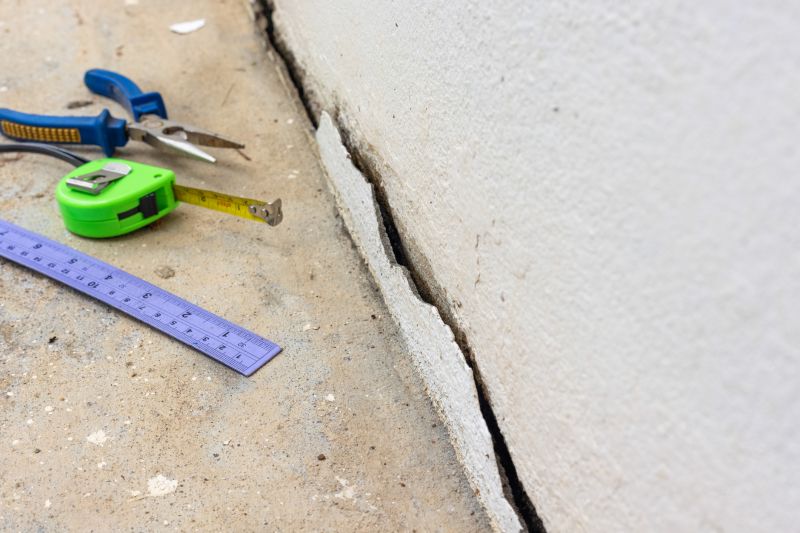
Ways to make Foundation Repairs work in tight or awkward layouts.

Popular materials for Foundation Repairs and why they hold up over time.

Simple add-ons that improve Foundation Repairs without blowing the budget.
| Season | Advantages |
|---|---|
| Spring | Mild weather, soil stability, good curing conditions. |
| Summer | Longer daylight hours, accessible weather. |
| Fall | Stable soil conditions, less extreme temperatures. |
| Winter | Challenging conditions, not recommended unless urgent. |
Foundation repairs involve addressing issues such as settling, cracking, and shifting that compromise the structural integrity of a building. Timely intervention can prevent costly damages and extend the lifespan of the structure. Common repair methods include underpinning, piering, and stabilization techniques tailored to soil type and damage severity.
Statistics indicate that foundation issues are among the most common causes of structural problems in residential buildings, with an estimated 25% of homes experiencing some form of foundation settlement. Addressing these problems early can save significant expenses and prevent safety hazards.

Visible cracks are often signs of underlying settlement or shifting.

Piering is used to stabilize and lift sinking foundations.

Underpinning strengthens the foundation by extending it to stable soil.

Proper soil stabilization prevents future foundation movement.
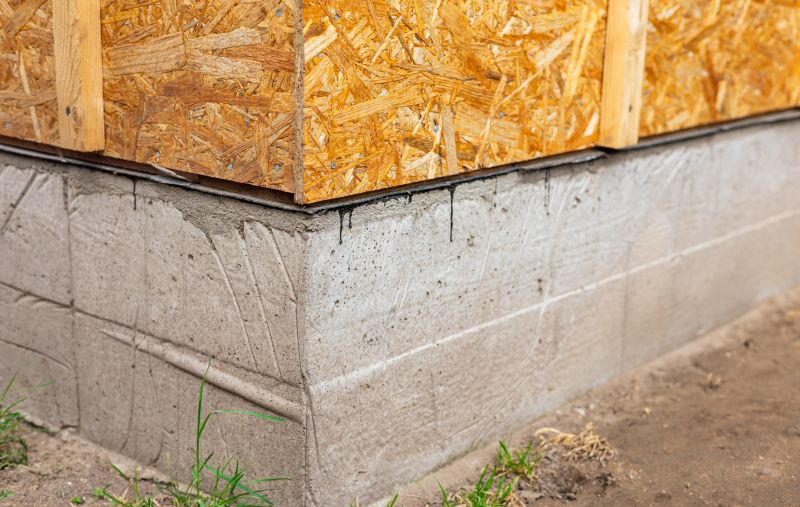
High-end options that actually feel worth it for Foundation Repairs.
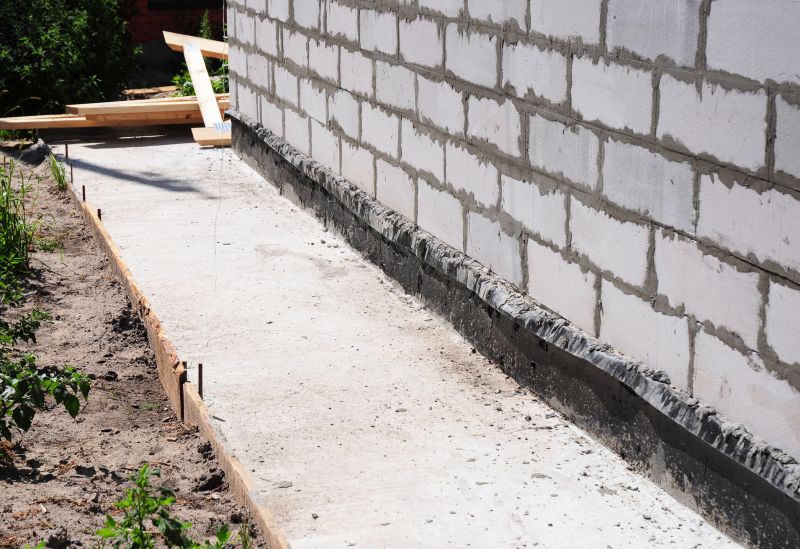
Finishes and colors that play nicely with Foundation Repairs.
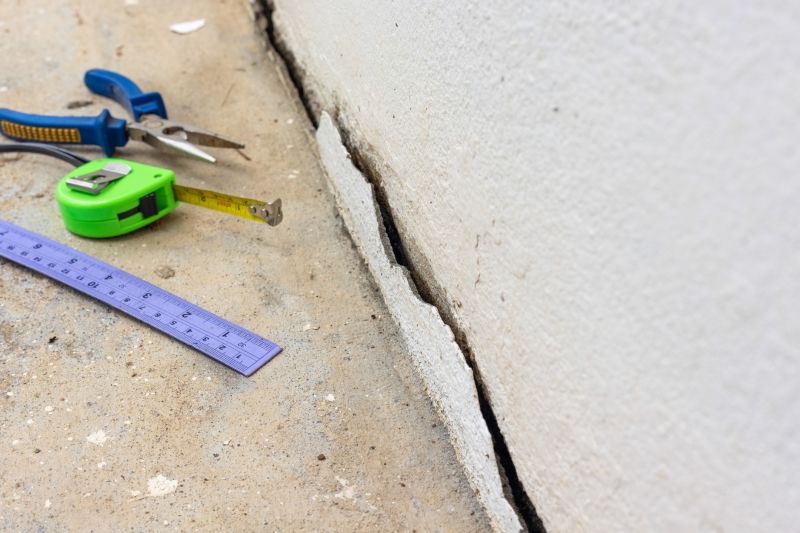
Little measurements that prevent headaches on Foundation Repairs day.

A 60-second routine that keeps Foundation Repairs looking new.
Interested property owners can contact professionals to assess foundation conditions and determine the best repair timing. Early detection and intervention are key to maintaining structural safety and value.


